When Gitanjali Rao first heard about the water crisis in Flint, Michigan, she wanted to help in any way she could. Now, at only 12 years old, Gitanjali is the proud inventor of “Tethys,” a portable device that detects lead in water. Named “America’s Top Young Scienist,” Gitanjali hopes to inspire other kids to get moving and make a difference in their own communities.
Grappling with Sexism: Female Wrestlers in Mongolia
There’s an old legend in Mongolia: A woman wrestler once dressed up as a man and entered an all-male wrestling competition, defeating all challengers. She then pulled up her jacket and revealed her breasts, shocking everyone in attendance. From them on, all wrestlers were required to compete bare-chested, a failsafe to ensure that Mongolia’s prized “manly” tradition remained that way. While the legend may or may not be true, the practice of bare-chested wrestling in Mongolia is real, as is the practice of banning women from the sport. Despite achieving international fame in grappling, female Mongolian wrestlers are still unable to compete in their own native games.
Mongolian Wrestling. A. Omer Karamollaoglu. CC BY 2.0.
The Nadaam festival is held every year in July and is the single most anticipated sporting event in the country. Short for “Eriin Gurvan Naadam” (the three games of men), it is a celebration of the three traditional sports of Mongolia: wrestling, archery, and horseback riding. Nadaam dates back to the 13th century when Genghis Khan would throw celebrations for soldiers after successful military campaigns. After Kahn’s death, warlords continued the tradition, encouraging combat sports in order to prepare men for military service. Nadaam endured and developed throughout the centuries, and today, it is the Mongolian equivalent of the Super Bowl or World Cup. The games are typically held in July. Hundreds of small, county level events lead up to the main competition, which is held in the Mongolian capital of Ulaanbaatar. Wrestling is often featured as the centerpiece of the competition, and in Mongolian, is referred to as “Bokh,” which means “durability.”
Mongolia experienced a socialist revolution in 1921 that brought with it an emphasis on male-female equality and gradually these values led to women being allowed to compete in Nadaam, but only in archery and horse racing. To fill the void, female grapplers turned their attention to other grappling sports. Soronzonboldyn Battsetseg won a bronze medal for judo in the 2012 Olympics in London, while Sumiya Dorjsuren won a silver medal in judo in the 2016 Olympics and then went on to win gold in the World Judo Championships in 2017. Both women are national heroes in Mongolia, and yet, Nadaam remains closed to them.
Female archers preparing for Nadaam. Taylor Weidman. CC BY SA-3.0.
The fact that a sport has to be guarded against an entire group people suggests a fear that these people could be competent in the sport. Like the wrestler in the old legend, women grapplers like Soronzonboldyn and Sumiya are barred from competing in Bokh, not because they aren't capable, but because they are. Judo is a widely recognized grappling sport, practiced by professional athletes, law enforcement officials, and ordinary citizens in literally every country on the planet. It would not be a stretch to assume that the grit and skill required to master Judo would translate well to Mongolian Bokh, and that the current barring of women from Bokh in Mongolia seems to be more about maintaining a status quo than anything else. When female grapplers will have a chance to challenge this standard is anyone’s guess.
JONATHAN ROBINSON is an intern at CATALYST. He is a travel enthusiast always adding new people, places, experiences to his story. He hopes to use writing as a means to connect with others like himself.
Indigenous Women in Canada Have Filed a Class Action Lawsuit Over Coerced Sterilization
This practice has affected over 60 women and is a product of racism in Canada’s medical system.
Royal University Hospital in Saskatchewan, Canada. Wendy Cooper. CC BY-NC-SA 2.0
While Canada is known for its progressive policies surrounding human rights and health care, this assumption can often lead to overlooking the country’s history of institutionalized discrimination against indigenous people.
Recently, sixty women have come forward to join a class action lawsuit against doctors in Saskatchewan demanding compensation for forced sterilization. According to a report in the Guardian, these women have had their fallopian tubes tied, burned, or cut, in public government funded hospitals when they were unable to properly consent. This practice not only violates medical ethics, but Canadian law. Although this practice was exposed in 2015, reported cases have continued up to 2017.
In an interview with NPR, Alisa Lombard, the lawyer representing the women said that, “while they were in the throes of labor, they would be approached, pressured, harassed to sign consent forms [for sterilization] in some cases. In other cases, there was no such signing of a consent form. And in yet other cases, they would revoke consent either on the operating table or shortly after they had actually signed.”
This new occurrence of forced sterilization follows a disturbing trend of forced or coerced sterilization that has disproportionately affected - if not only affected - women of color, women with disabilities, incarcerated women, and indigenous women. It stems from the eugenics movement of the nineteenth and twentieth centuries that used racist and ableist ideology to justify forced sterilization of people that were not seen as ‘fit’ to reproduce. The perpetuation of this warped and inhumane theory has become clearly evident in Canada’s upcoming lawsuit.
According to Lombard, “When Indigenous women go in for these health care services and reproductive health care services in the most vulnerable state, I think, a woman can be - having gone through childbirth myself, I can say that this is not the time to have a conversation about whether you ever want to do that again. There are other better times. And so why it happens in one simple word, I think we can just say discrimination - racism, quite plainly.”
Lombard and her team uncovered that Saskatchewan health cards are embossed with a capital R. She says that the R is part of a historic practice indicating that the person holding it is registered as an indigenous person. Thus, the patient’s identity is readily available to their doctor.
While the lawsuit has yet to be certified, Amnesty International said that they would lobby the UN Committee Against Torture in order to pressure the Canadian government to act. According to Amnesty’s Jacqueline Hansen, the organization has examined comparable instances of coerced or forced sterilization in Mexico, Chile, and Peru.
“It’s always done for a very specific reason. It is clear that it’s been linked to policies around wanting to ensure a group of people doesn’t reproduce,” Hansen told the Guardian. “Ultimately, this is about women who are supposed to have the right to make decisions about their bodies, having that right taken away from them.”
EMMA BRUCE is an undergraduate student studying English and marketing at Emerson College in Boston. While not writing she explores the nearest museums, reads poetry, and takes classes at her local dance studio. She is passionate about sustainable travel and can't wait to see where life will take her.
Greece’s Lifejacket Graveyard
High up in the sunburnt hills of Lesvos, Greece lies a black and orange heap of plastic. It is large, about the size of an Olympic swimming pool, but its vastness pales in comparison to the scope of the reasons why it is there—the half a million and growing masses of displaced refugees who have washed up upon the island’s shores.
Lesvos is a major port for refugees fleeing chaos in the middle east, mostly from war-torn Afghanistan and Syria. The journey across the sea can be deadly. Refugees often pay over $5000 to smugglers who will bring them across the Mediterranean to supposedly safe ports in Europe, but there is no guarantee that the smugglers have not been bribed for one reason or another, or that the journey will be successful.
The black and orange heaps rotting in the hills of Lesvos are made up of lifejackets and boats that belonged to those who made it over, but in those quiet mountains one can almost hear the whispering of the hundreds of thousands who were lost on the way. A closer look reveals children’s floaties, some painted with princess decals, some emblazoned with the message, This is not a flotation device.
Once in Lesvos, the owners of these lifejackets were carted into packed camps, where many of them have remained for years. Conditions in the Moria camp in particular have been widely maligned by human rights organizations around the world. The camp was made to hold 2,000 people and now holds over 6,000, according to official reports, though many believe that the number has exceeded 8,000. Refugees live in cramped makeshift tents that flood when it rains, and the camps are overrun by disease, mental illness stemming from severe trauma, and chaos.
Following the Arab Spring in 2011, which catalyzed revolutions across the Middle East, Syria and many other countries experienced a mass exodus, leading to the flood of people seeking asylum in Europe that has come to be known as the modern refugee crisis.
Many refugees are university-educated professionals, fleeing in hopes of finding a better life for themselves and their families. But once in Europe, they are often caught up in bureaucratic tangles that keep them stagnant in the camps for years at a time, despite the fact that many already have family members in other parts of the continent.
Thousands of volunteers have flocked to the island in order to help. Nonprofits like A Drop in the Ocean host lessons and English classes for refugees, and facilitate the safe landings of newly arrived boats. Others work to provide hygienic services, like the organization Showers for Sisters, which provides safe showers and sanitary products to women and children.
Lesvos itself still functions in part as a tourist town, though it is mostly populated by volunteers, refugees, and locals. Not far from the lifejacket graveyard is the pleasant seaside town of Molyvos, which boasts sandy beaches and restaurants serving traditional Greek fare.
Much of the island is made up of open space, populated only by olive groves and forests, open plains, and abandoned buildings. The lifejacket graveyard is located in one such empty plain, and except for scavenging seagulls and goats, the area is empty, making the presence of the rotting heaps of plastic even more unnerving.
The only other proof of human presence to be found lies on a wall of graffiti nearby a garbage dump, marked by the sentiment Shame on you, Europe.
The combination of the Greek financial crisis and rising tides of nationalism occurring at the same time as the height of the refugee crisis have caused xenophobic sentiments to allow these horrifically overcrowded camps to mar this beautiful tropical island, which once inspired the Greek poet Sappho to write her legendary love poems.
The lifejacket graveyard has been left standing partly because of island officials’ lack of motivation to clean it up, and partly as a statement, a tribute to the thousands who still wait in limbo on the island.
If you are interested in helping out, organizations mostly need financial contributions, legal aid, medical aid, translators, and publicity. It is also possible to volunteer, and opportunities and detailed information can be found at sites like greecevol.info.
Eden Arielle Gordon
Eden Arielle Gordon is a writer, musician, and avid traveler. She attends Barnard College in New York.
WAVES For Development: Changing Lives in Peru Through Surf
Meet Dave Aabo, the founder of WAVES for Development, a volunteer surf organization operating in Peru and around the world, in this exclusive CATALYST interview.
Read MoreWhat You Need to Know About Water and Sanitation
Water, Sanitation and Hygiene, or WASH, are issues that affect the health and wellbeing of every person in the world. Everyone needs clean water to drink. Everyone needs a safe place to pee and poop. And everyone needs to be able to clean themselves. For many people, WASH concerns are taken for granted and their combined impact on life isn’t always appreciated.
But for hundreds of millions of others, water, sanitation and hygiene are constant sources of stress and illness. The quality of water, sanitation and hygiene in a person’s life is directly correlated to poverty, as it is usually joined by lack of education, lack of opportunity and gender inequality.
What's the scope of the problem?
780 million people do not have regular access to clean water.
2.4 billion people, or 35% of the global population, do not have access to adequate sanitation.
Photo credit: Flickr - Gates Foundation
Inadequate sanitation generally means open defecation. When people defecate in the open without a proper waste management system, then the feces generally seeps into and contaminates water systems. Just standing in an open defecation zone can lead to disease, if, for instance, the person is barefoot and parasites are there.
The problem is concentrated in Sub-Saharan Africa, Southern Asia and Eastern Asia. The country with the most people lacking adequate WASH is India.
Girls are the hardest hit by lack of clean water and sanitation for a few reasons. When schools lack functional toilets or latrines, girls often drop out because of the stigma associated with periods. Also, when families don’t have enough water, girls are generally forced to travel hours to gather some, leaving little time for school. This lack of education then contributes to higher poverty rates for women.
What are the health risks?
There are a lot of health risks associated with inadequate WASH. Just imagine what it would be like if you were drinking contaminated water and everyone in your community defecated in the open.
801,000 kids under the age of 5 die each year because of diarrhea. 88% of these cases are traced to contaminated water and lack of sanitation.
More than a billion people are infected by parasites from contaminated water or open defecation. One of these parasites is called the Guinea Worm Disease, which consists of worms up to 1 meter in size that emerge from the body through blisters.
Photo credit: Flickr - Andrew Moore
The bacterial infection Trachoma generally comes from contaminated water and is a leading cause of blindness in the world.
Other common WASH-related diseases include Cholera, Typhoid and Dysentery.
And, again, step back to consider what life without clean water and adequate sanitation would be like. A lot of your time would be spent trying to get clean water and avoid sanitation problems in the first place. And the hours not revolving around these concerns would probably be reduced quality of life because of the many minor health problems associated with poor water quality. Ultimately, inadequate WASH leads to reduced quality of life all the time.
What's being done?
For every $1 USD invested in WASH programs, economies gain $5 to $46 USD. In the US, for instance, water infrastructure investments had a 23 to 1 return rate in the 20th century. When people aren’t always getting sick, they’re more productive and everyone benefits.
While the numbers are daunting, a lot is being done. And the economic benefits of WASH investments make the likelihood of future investments and future progress much higher.
Some investments are small-scale, others are large-scale. On the smaller side of the spectrum, investments can go toward water purification methods, community wells or sources of water and the construction of community latrines.
Photo credit: Michael Sheldrick
For instance, in a slum in Nairobi, Kenya, the government recently installed ATM-style water dispensers that provide clean water to the whole community.
Larger scale investments include piped household water connections and household toilets with adequate sewage systems or septic tanks.
An often overlooked aspect of WASH involves behavioral hygiene, and, more specifically, hand washing. Simply washing your hands with soap can reduce the risk of various diseases, including the number 1 killer of the world’s poorest children: pneumonia.
What progress has been made?
In 1990, 76% of the global population had access to safe drinking water and 54% had access to adequate sanitation facilities.
In 2015, even though the population had climbed by more than 2 billion people, 91% of people had access to safe drinking water and 68% had access to improved sanitation.
That means in 25 years, 2.6 billion people gained access to safe drinking water and 2.1 billion gained access to improved sanitation.
India is currently in the process of an unprecedented WASH investment program. At the 2014 Global Citizen Festival, Prime Minister Narendra Modi committed to end open defecation in the country and has since mobilized substantial resources with the help of The World Bank.
What role does Global Citizen play in all this?
Global Citizen puts pressure on world leaders to focus on and direct money to poverty solutions around the world. When it comes to WASH, global citizens have helped raise awareness of the various associated problems and motivate politicians to invest in specific programs.
ORIGINALLY PUBLISHED ON GLOBAL CITIZEN
JOE MCCARTHY
Joe McCarthy is a Content Creator at Global Citizen. He believes apathy is the biggest threat to creating a more just world and tries his hardest to stay open-minded and curious. Living in New York keeps him aware of how interconnected our world is, how every action has ripples.
VIDEO: The Kula Project Invests in Farmers to Help the People of Rwanda
The majority of farmers in developing nations like Rwanda are unable to generate enough income to feed and sustain their families. This is due to the lack of basic needs for success. The Kula Project invests in small-scale farmers in Rwanda to create sustainable communities.
CONNECT WITH KULA PROJECT
VIDEO: Changing Girls’s Lives at The More Than Me Academy in Liberia
The More Than Me Academy is on a mission to make sure education and opportunity, not exploitation and poverty, define the lives of the most vulnerable girls from the West Point Slum of Liberia. When she graduates, she will decide what comes next for her life.
CONNECT WITH MORE THAN ME



















Hoops4Hope
There are few elements across the spectrum of humanity that bind and connect us as people, no matter our age, race, or cultural background. They validate our bond as humans and in many cases, drive the most profound change that is occurring across the globe, bringing us together as a global community. The sport’s friendly competition does exactly this.
This is where Hoops 4 Hope (H4H) comes into play. Since 1995, H4H is an international non-profit organization, which has utilized the “power of sport to create sustainable long-term positive impact for youth, equipping them with the tools to manage the social, health and economic related challenges they face.” — Mark Crandall, H4H Founder & Director More
As the sister organization for Soccer 4 Hope, Hoops 4 Hope utilizes the medium of basketball to provide empowering sports programing to youth across Zimbabwe and South Africa. The organization’s mission is to educate youth with life skills necessary to survive; it has flourished in communities that struggle with poverty, unemployment, HIV/AIDS, violence, crime, substance abuse, and gender inequality.
Over its 18 years of existence, H4H has seen many of its youngsters receive sports scholarships to high schools, coaches being chosen for overseas cultural exchanges, and even have a Zimbabwean athlete now playing professionally in the Euro League. Furthermore, various H4H courts have been graced with visits from German Chancellor, Angela Merkel, along with NBA Star and member of the Chicago Bulls, Luol Deng, amongst many others.
This photo essay highlights Hoops 4 Hope as our NGO of the Week, taking you to the on-site project locations throughout Zimbabwe and South Africa, many of which were made possible through collaborations with local schools, shelters, and community organizations.
Connect with Hoops 4 Hope here.
ANDREW BRIDGE is a global enthusiast with a passion for the road less traveled. As a frequent collaborator with World Hip Hop Market and Nomadic Wax, Andrew has worked with numerous socially conscious artists from around the world in the pursuit of inspiring cultural understanding and exchange through entertainment. This fascination with the world at large has taken him to over 20 countries (so far) through studying, volunteering, and writing about his travels, with no signs of slowing his globetrotting nature down. Connect with Andrew at @Bridgin_TheGap
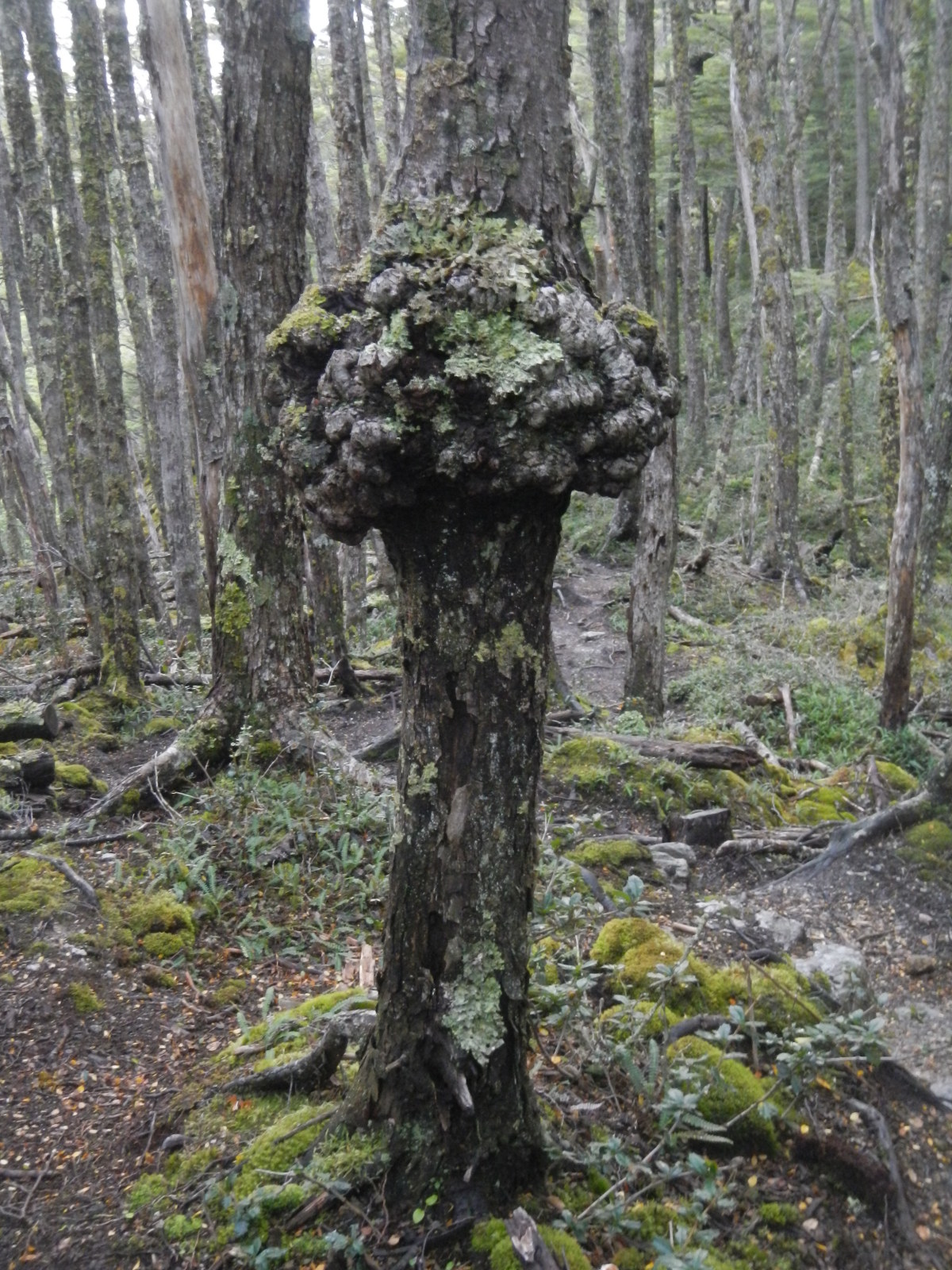
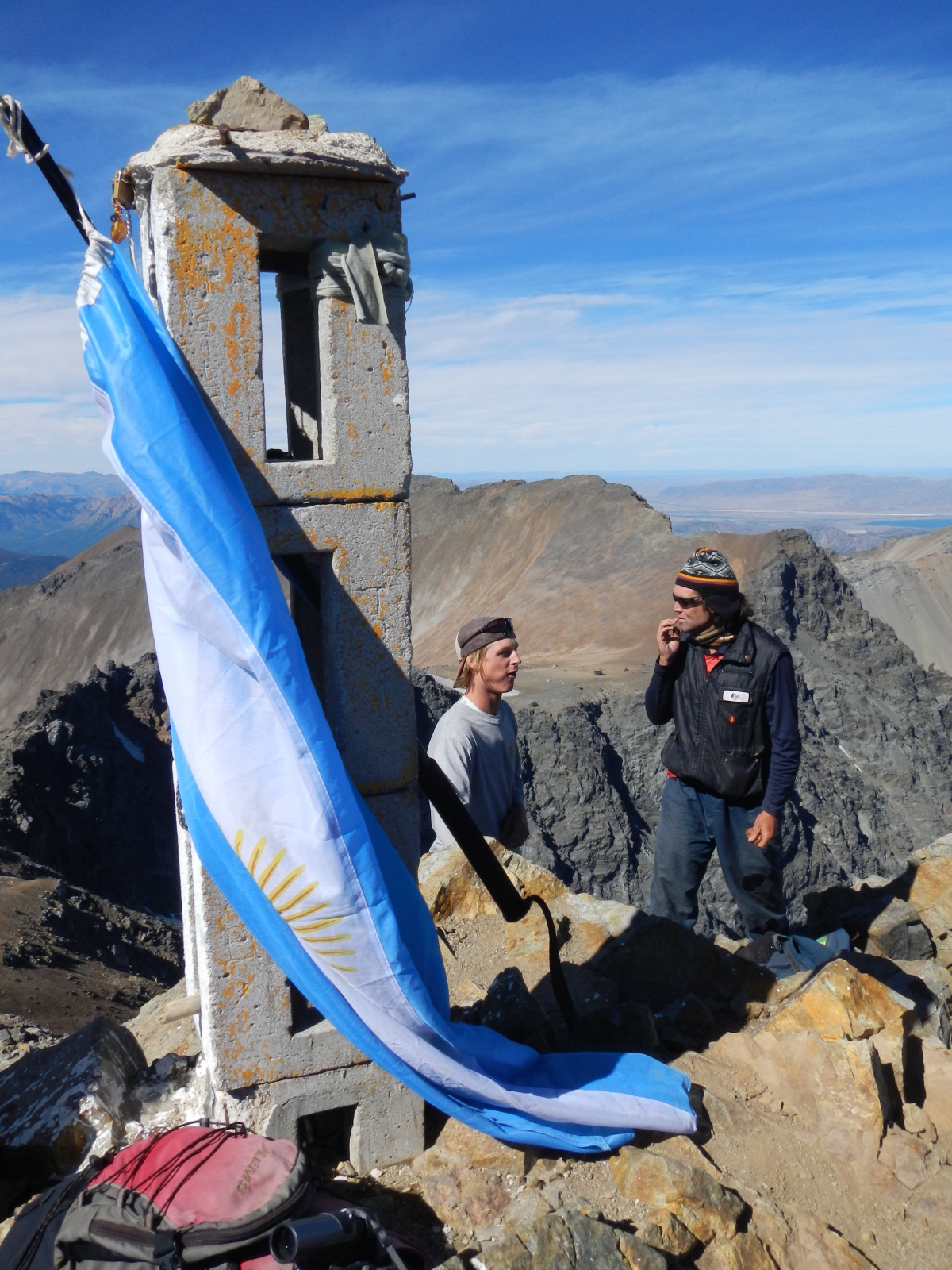
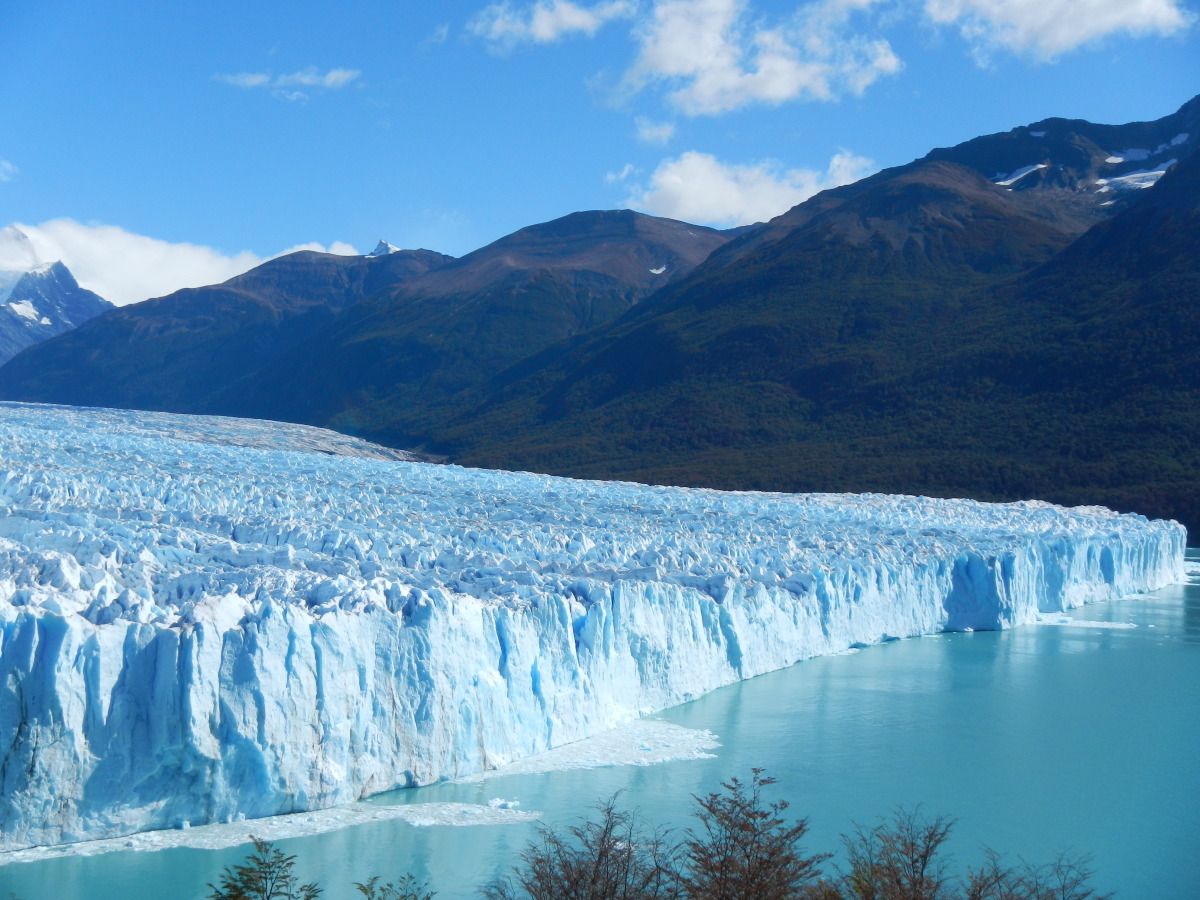
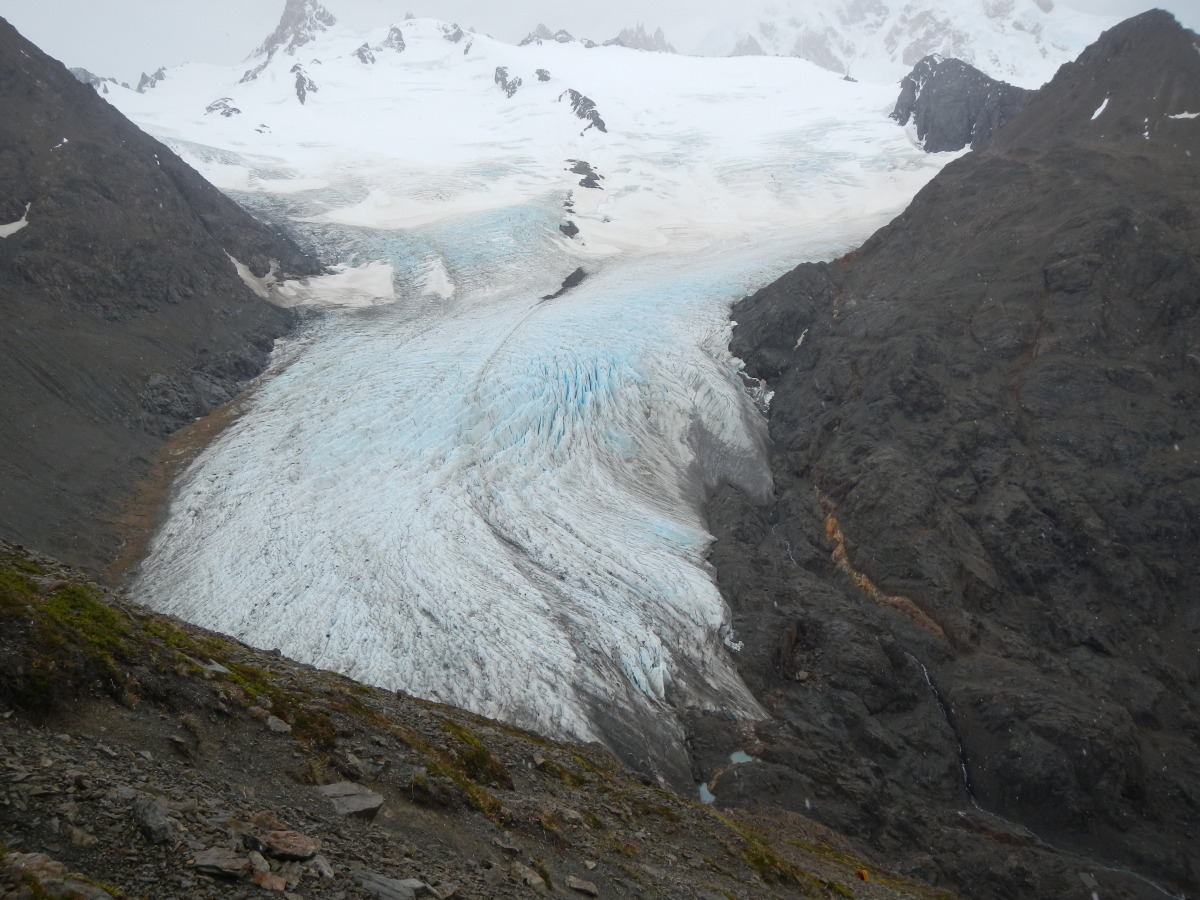
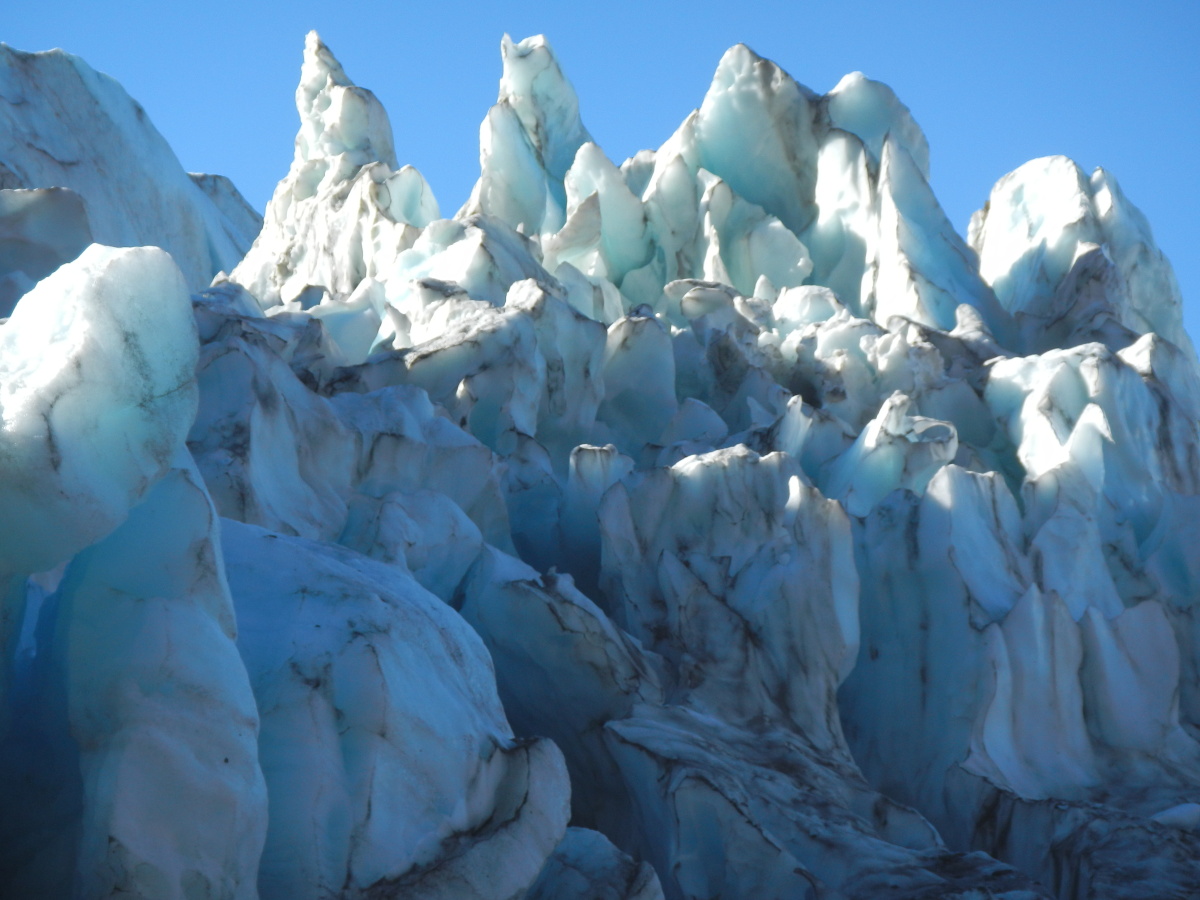
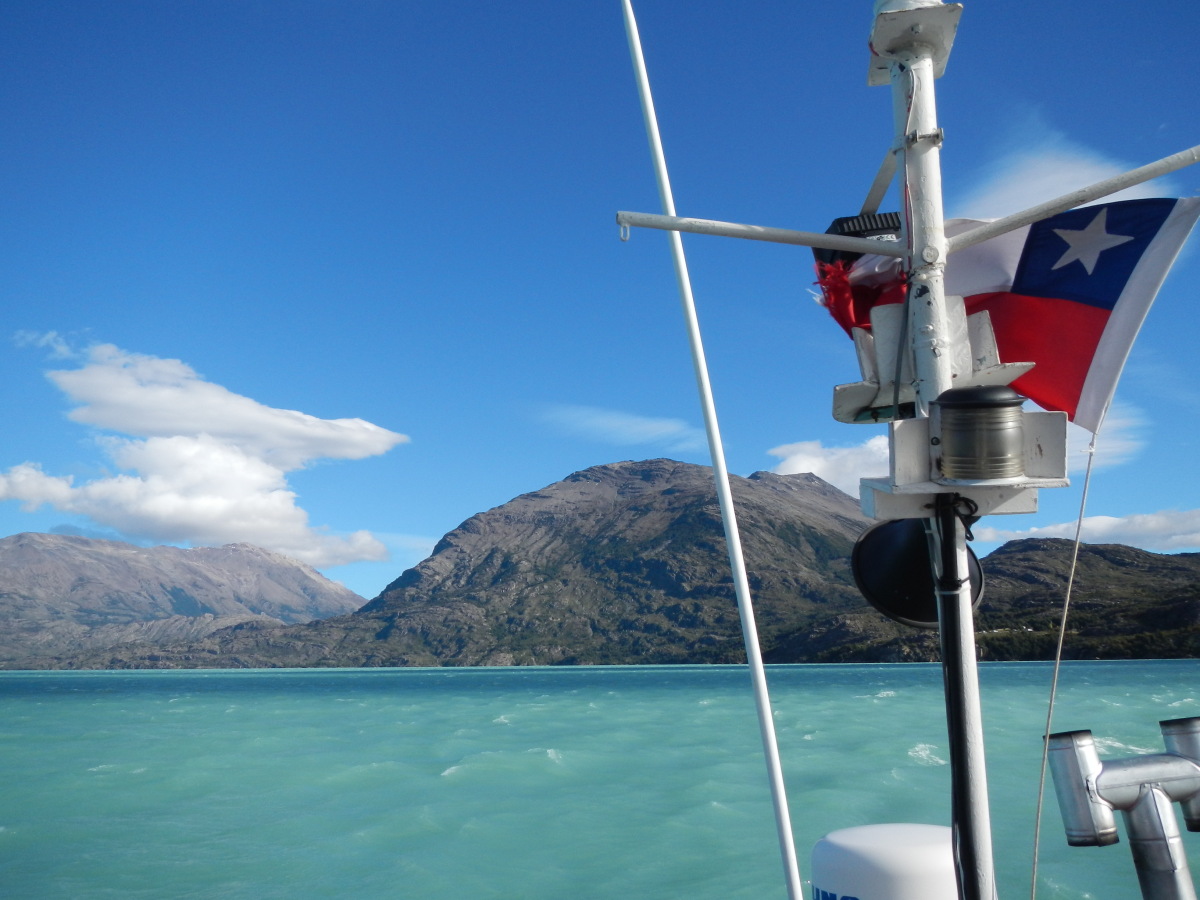
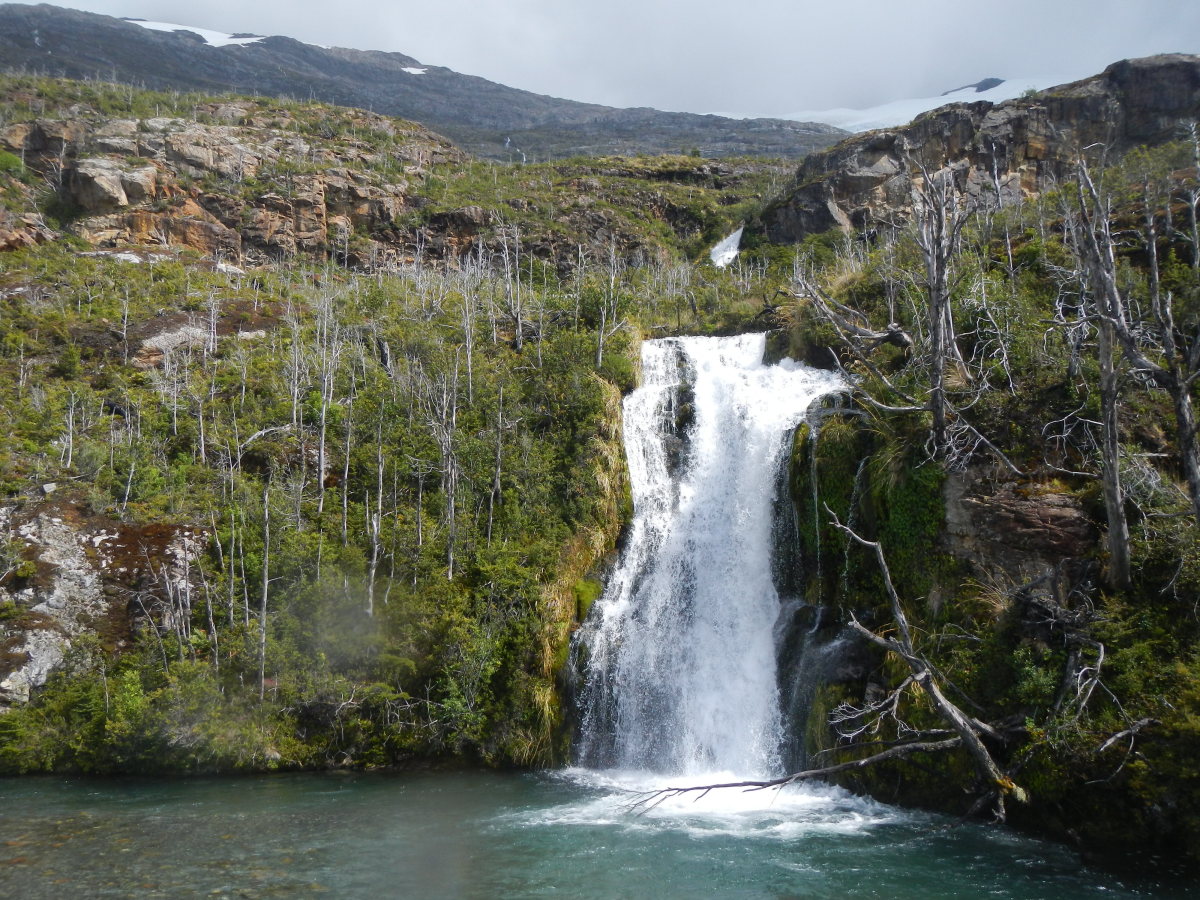
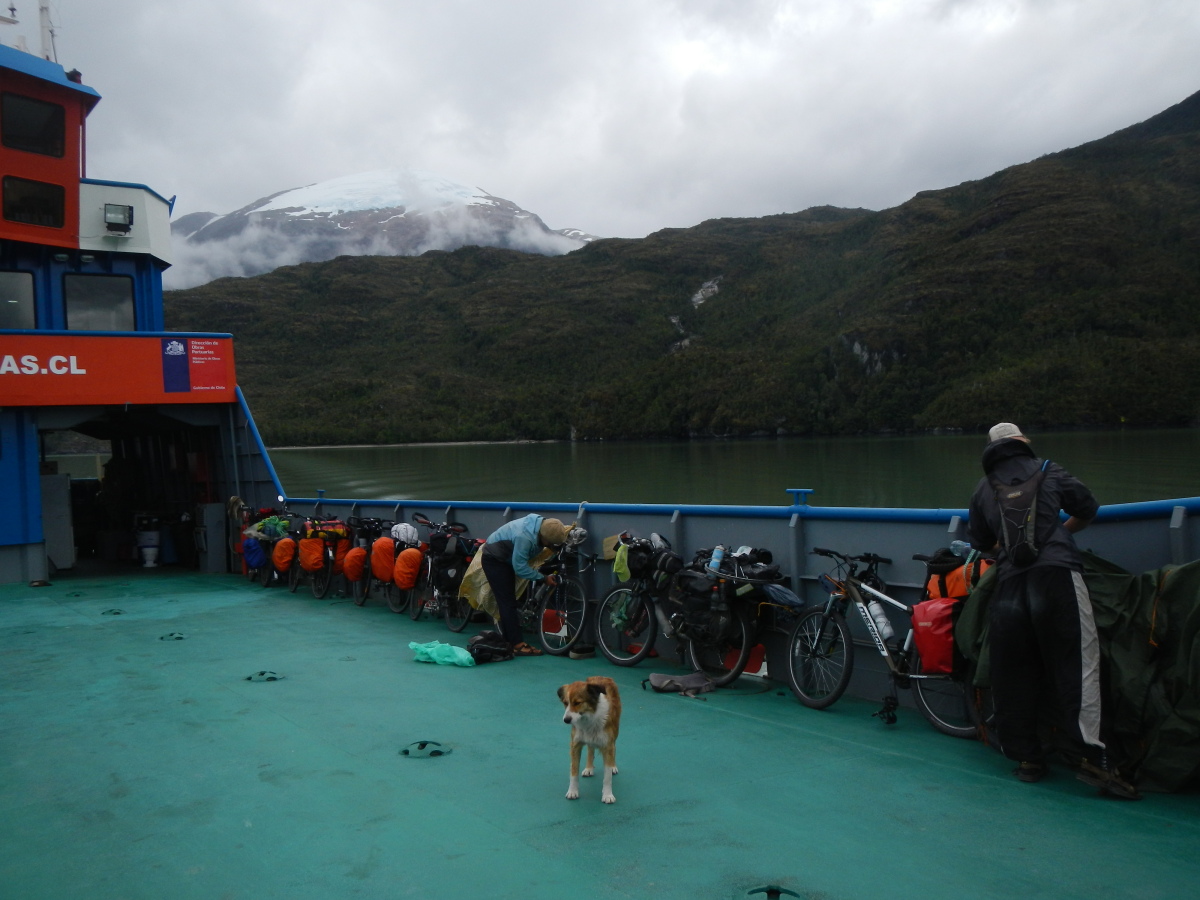
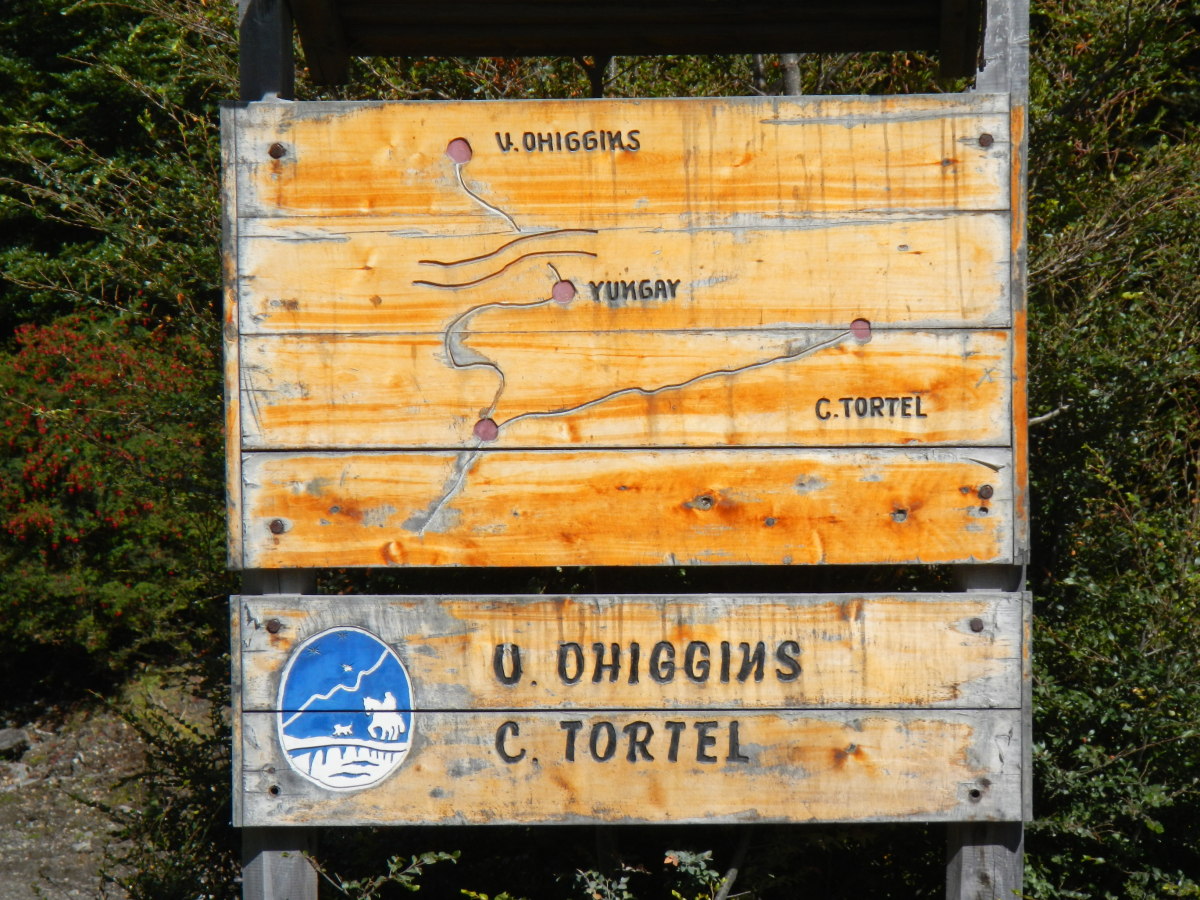
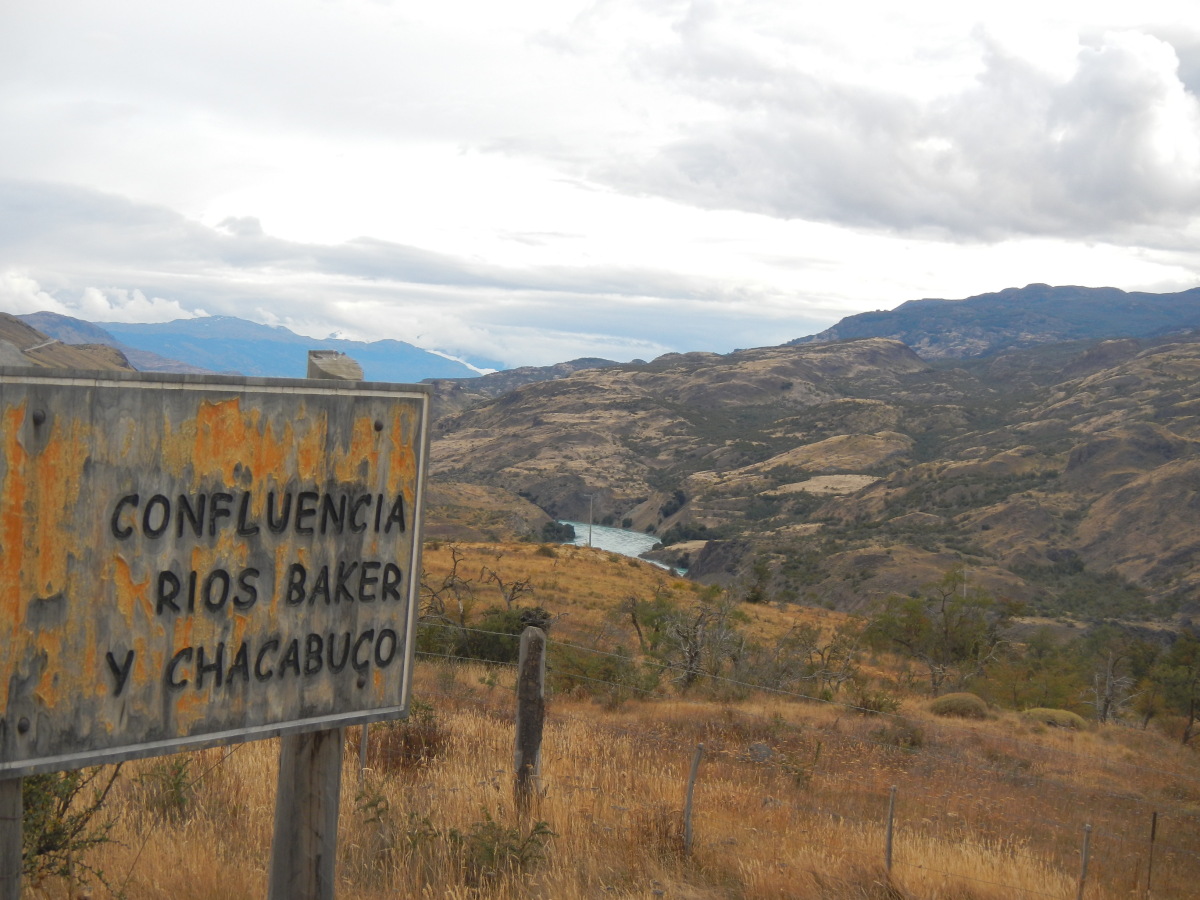
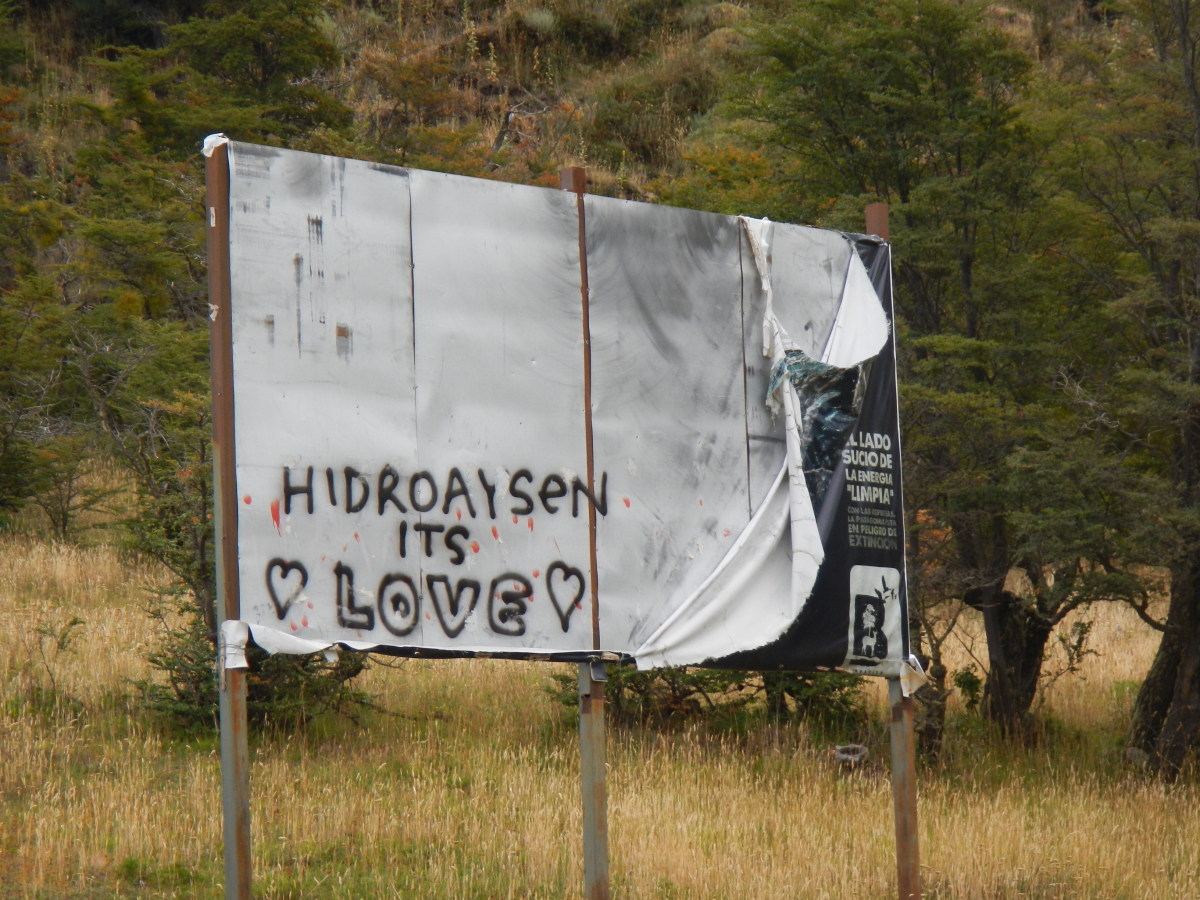
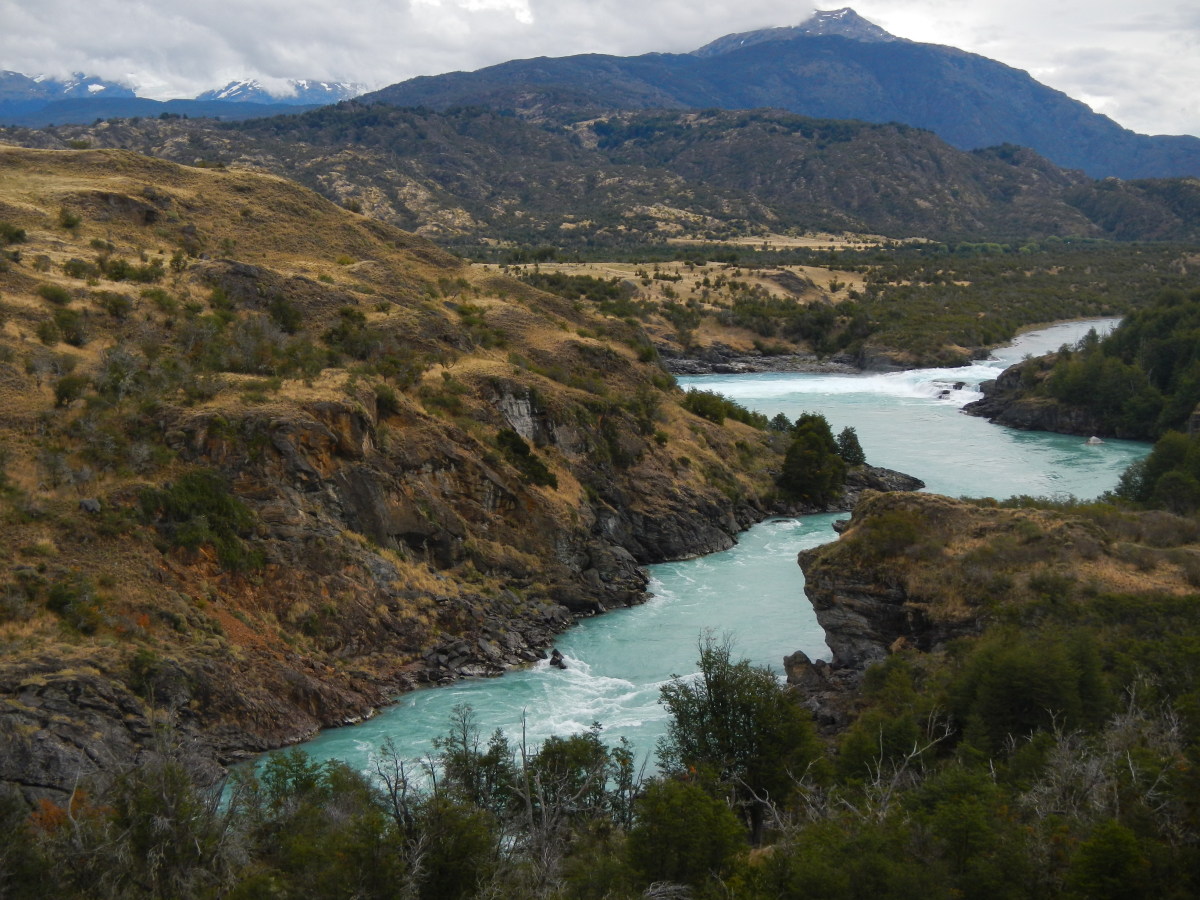
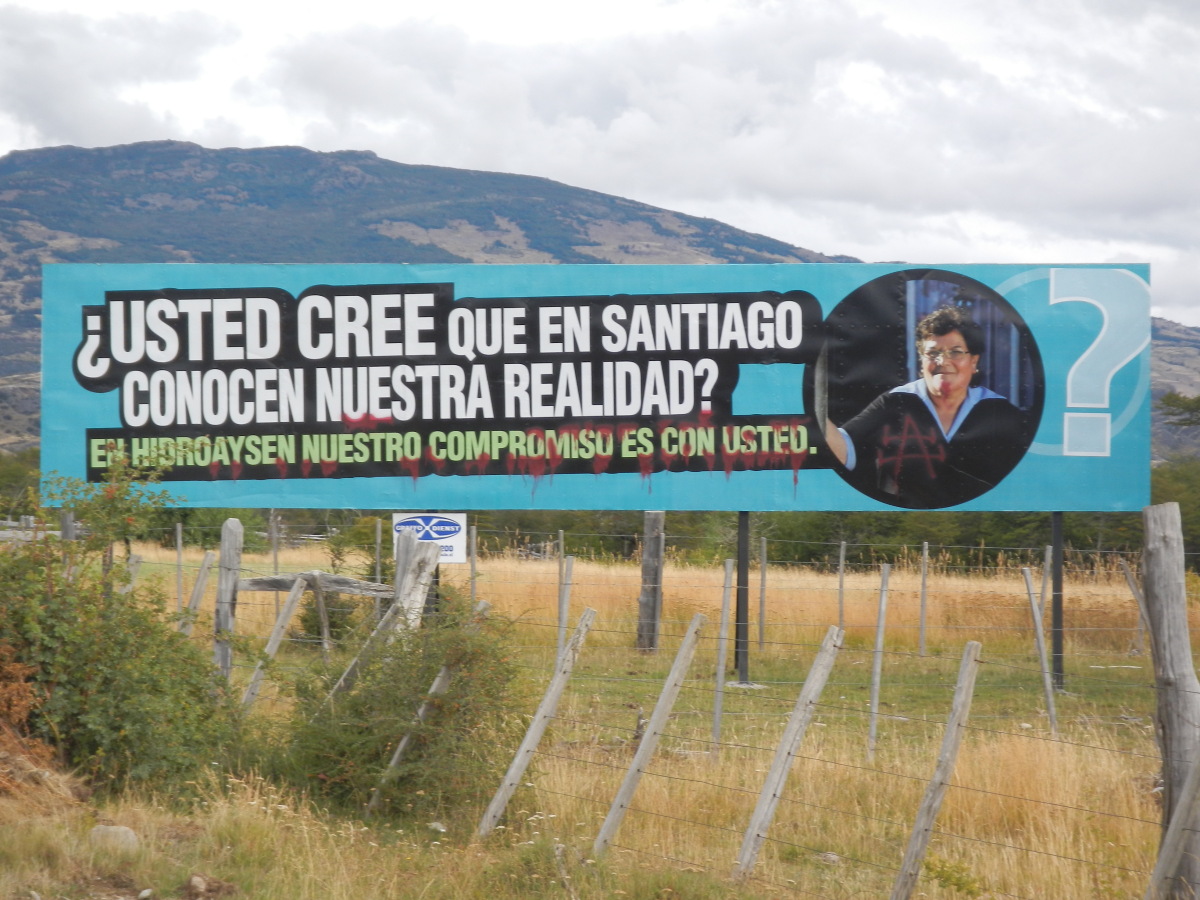
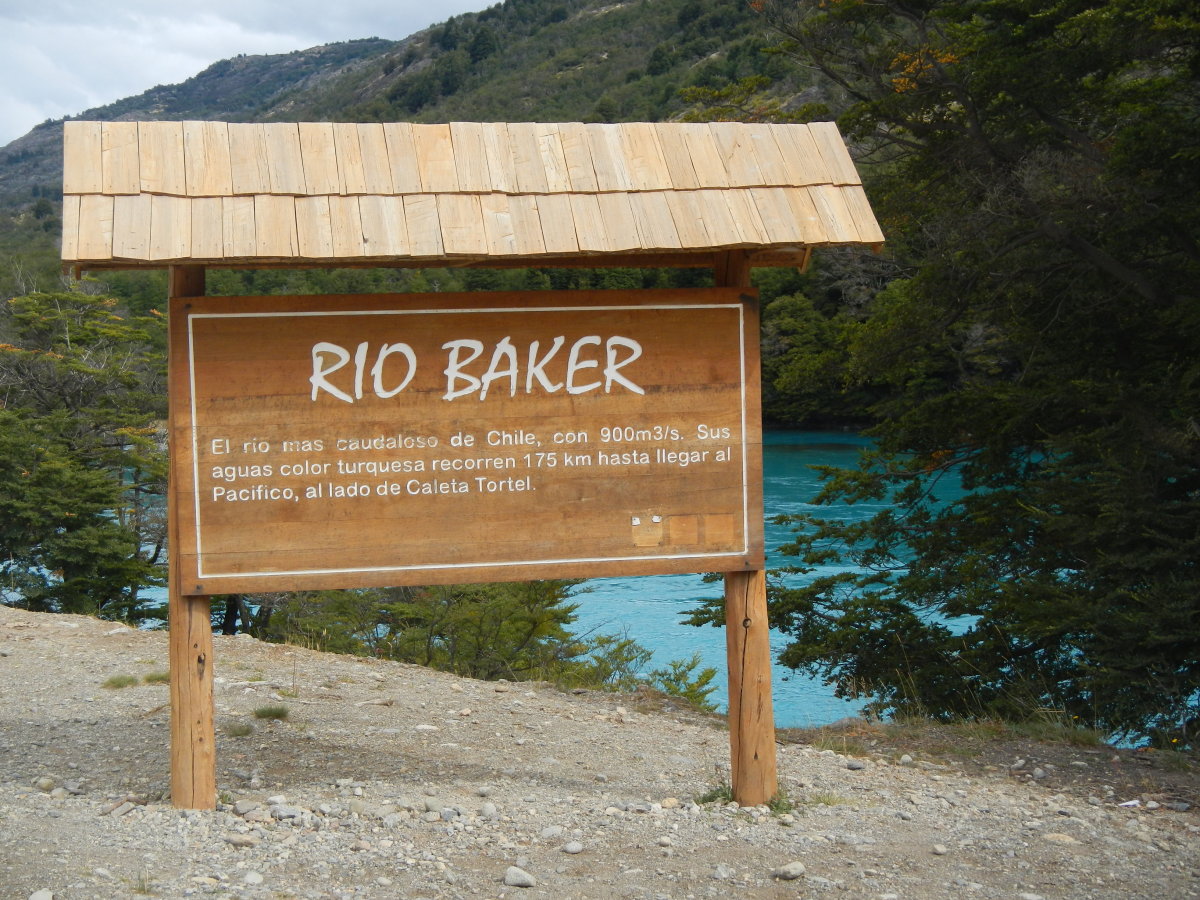
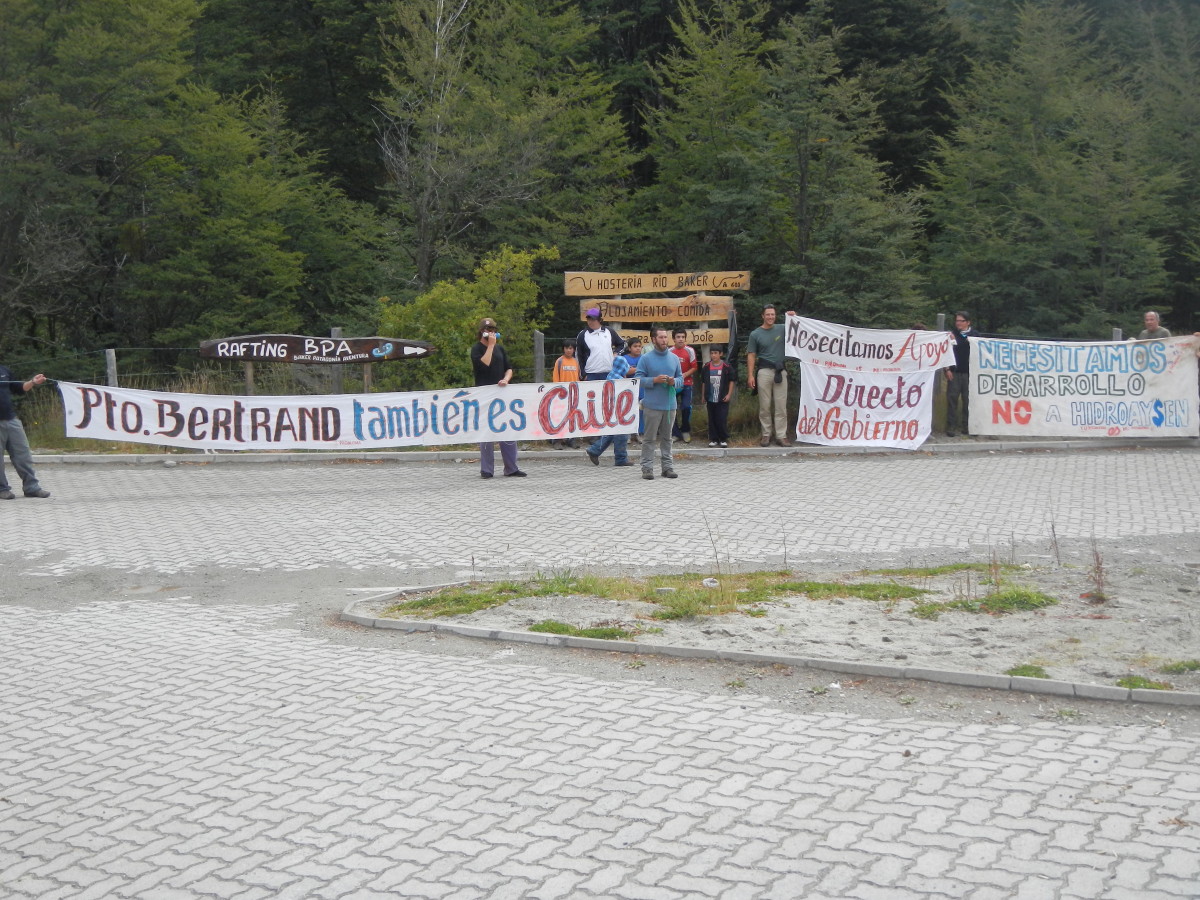
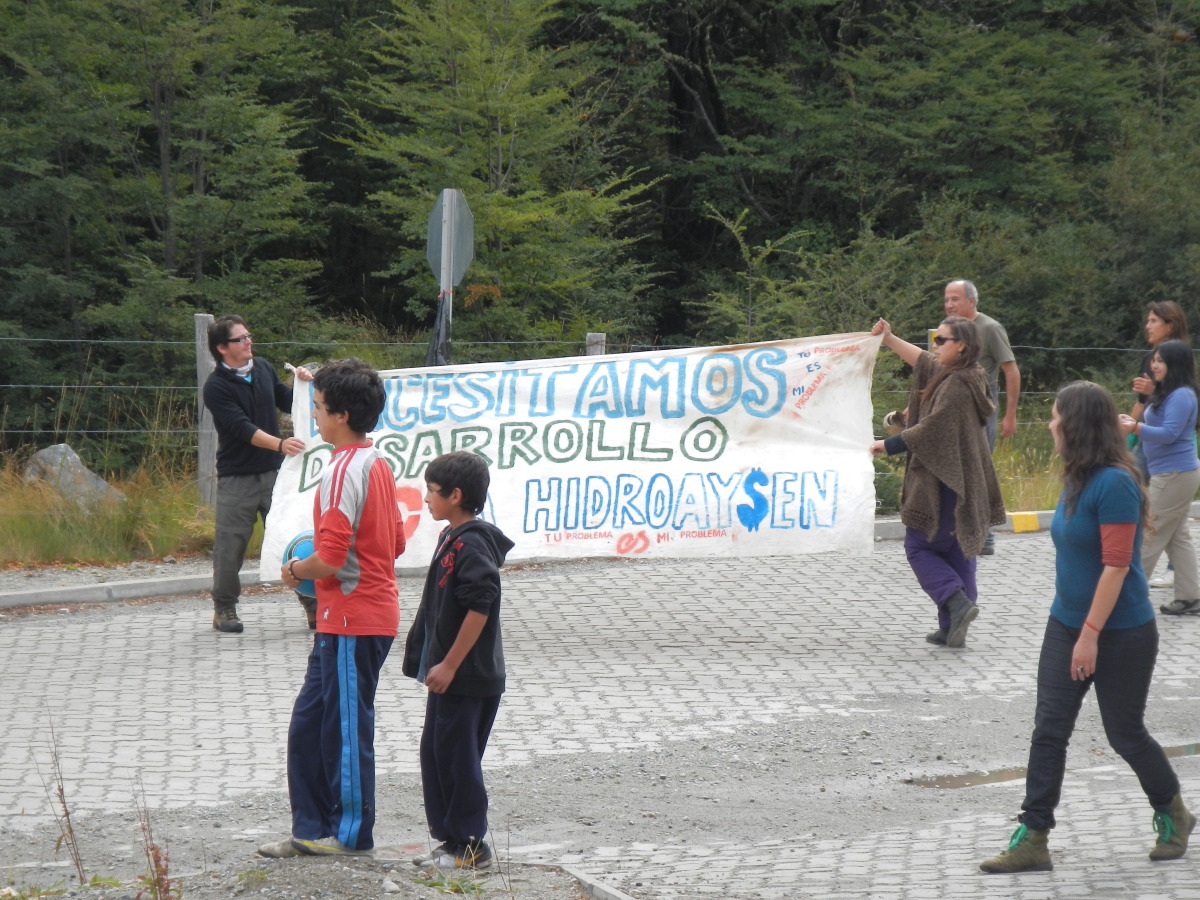
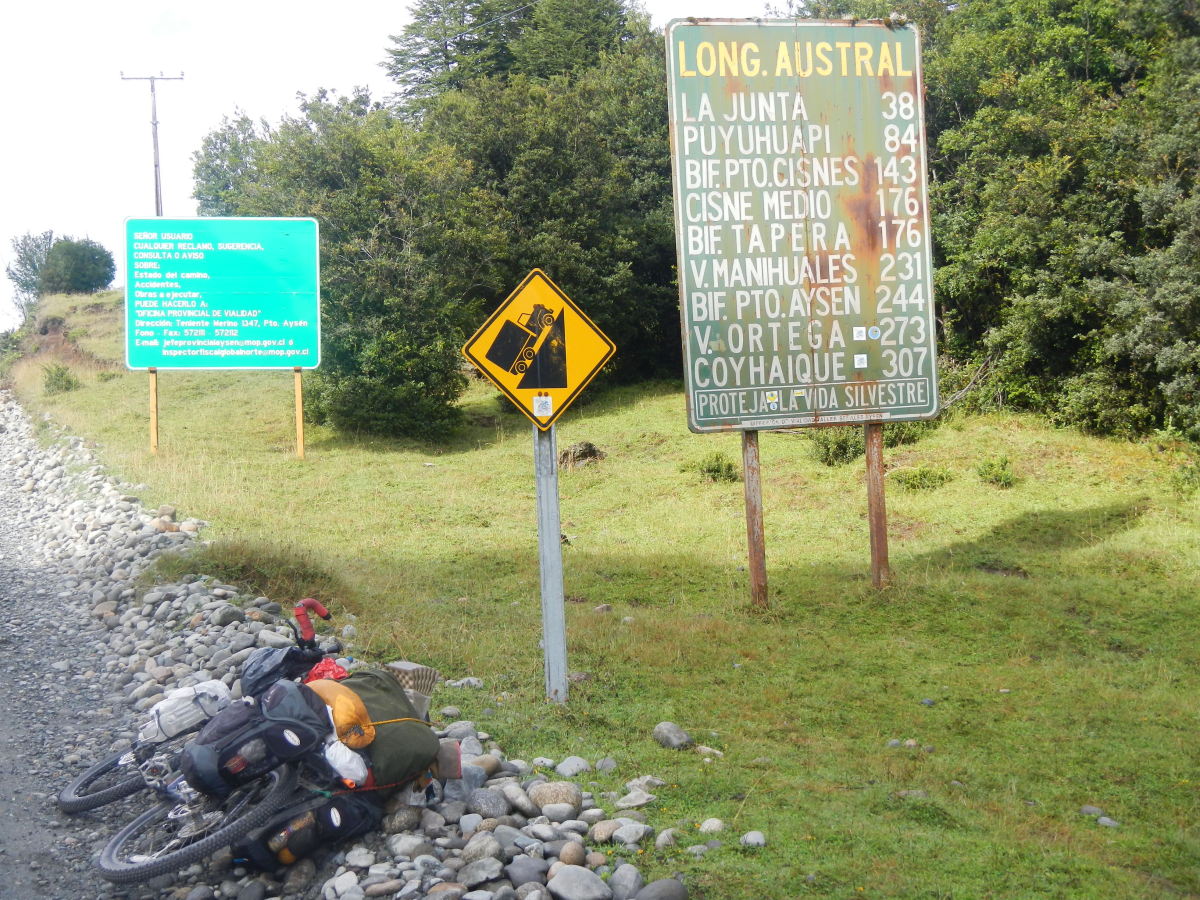
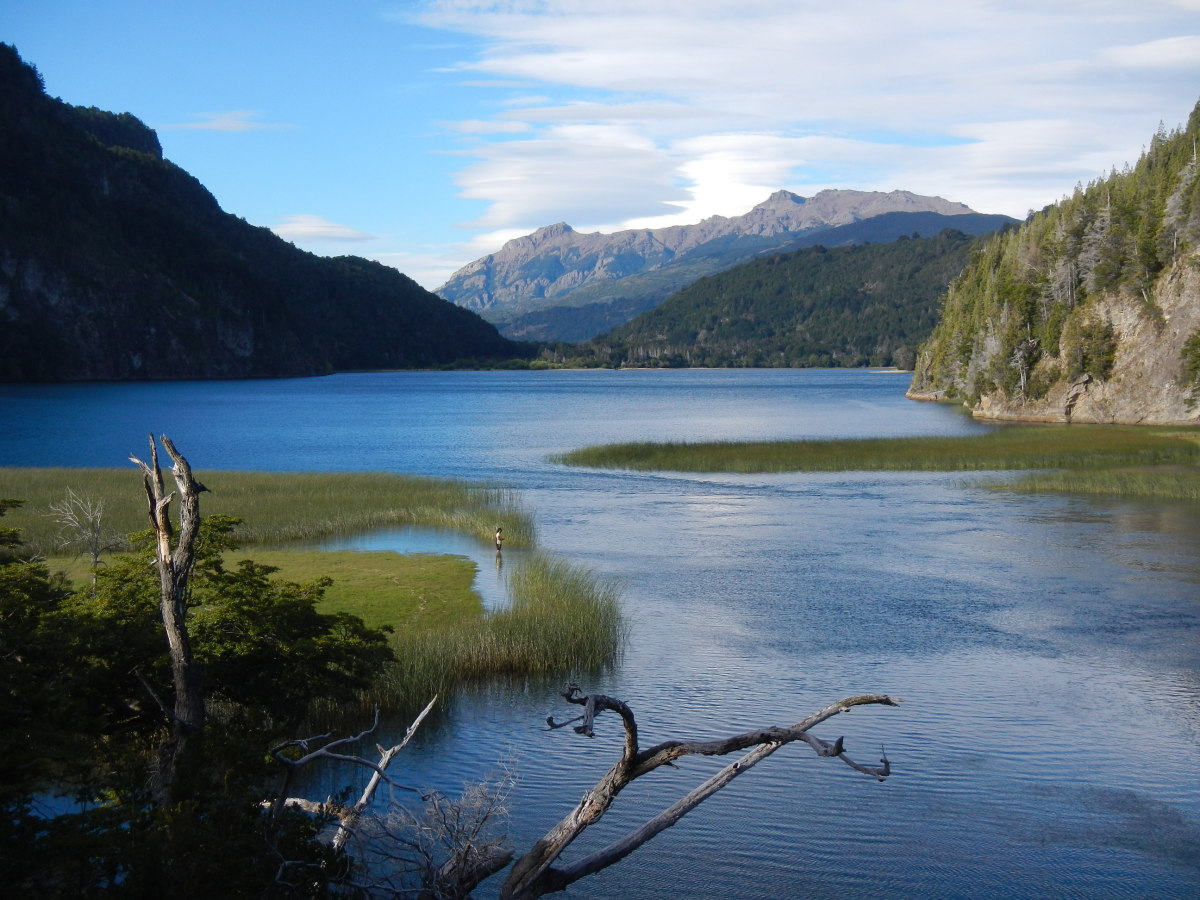
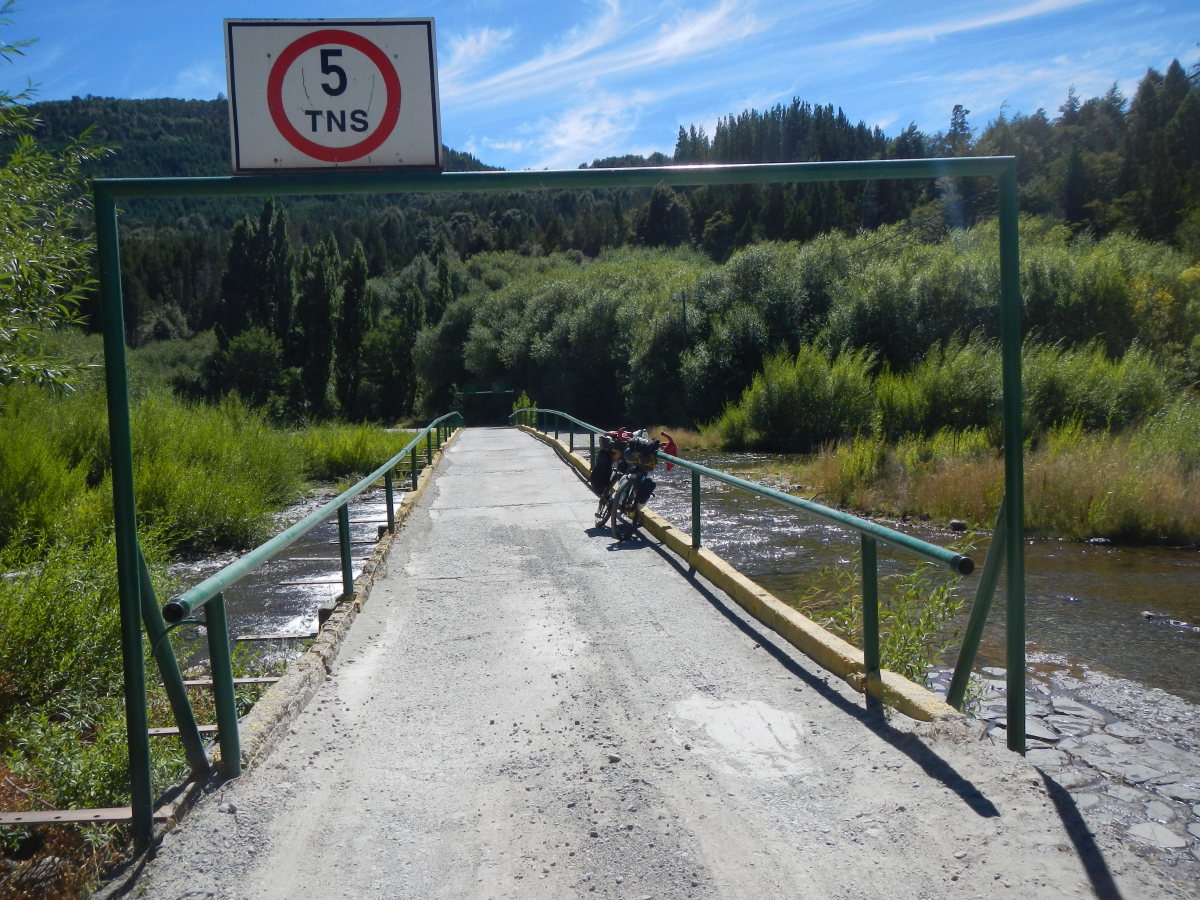
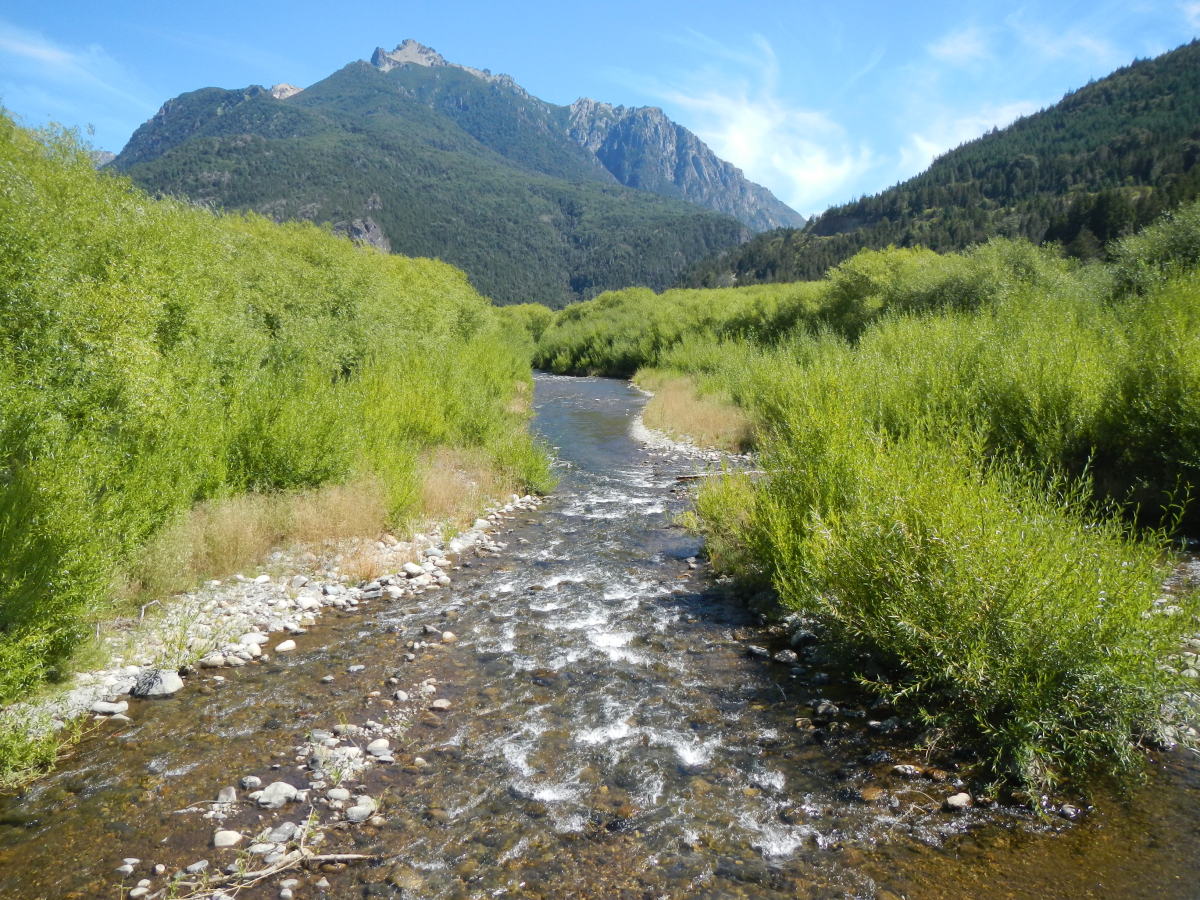
Wild Rivers Survive HidroAysen Dam Plan
Patagonia Sin Represas ! ! !
Good news recently in wild ecosystem preservation, and hopefully for sustainable energy in South America. This development came out of a fight we encountered two years ago . . . in a land far, far away . . . .
In 2012, during the waning weeks of the southern summer, I was weaving my way towards Tierra del Fuego on a mountain bike, touring through the wilderness of the southern Andes. After heading south from Bariloche, Argentina, we passed through El Bolson, Parque del los Alerces, and Trevelin before reaching the Chilean border at Rio Futalaufu. We were headed for the fabled Carretera Austral, a 1,240 km long north-south route revered for its stunning scenery as it cuts through the remote Aysen region of southern Chile.
The roadway was a project begun by the dictator Carlos Pinochet to connect disparate communities and develop the far flung region. In 2012 the province (officially the "11th Region" of Chile, also the least populated) was fomenting under a simmering rebellion. The local authorities had called for a general strike, petitioning for a host of economic supports and funding assistance for social programs from the central government.
Behind the tensions was HidroAysen, a plan to build a gargantuan hydro-electric power complex, to be linked with Santiago via a 2,200km power conduit. Giant billboards touting the project (the slogan translated: "In HidroAysen our commitment is with you") lined the roadway. The quid-pro-quo appeared to be that Aysen would be granted all sorts of assistance if those running it would clear the way for the dam project to move forward. Based on what we heard from the locals, however, it seemed as if the government had recently turned the screws on the region, cutting funding and allowing fuel prices to rise, backing its frontier denizens into a corner.
The appeal of the region to the power developers is no surprise. While many hydro-electric projects depend upon water sources that fluctuate year-to-year due to weather cycles, Aysen contains “Los Campos de Hielo Norte y Sur” (or Northern & Southern Patagonian Ice fields) which feed dozens of glaciers. Together they form the largest contiguous ice field outside of Antarctica & Greenland. The five planned dams of HidroAysen were to be built on the two major rivers that drain these ice fields. If there was ever a virtually unlimited water bank to fuel a power project, this was it.
The dams would also have been situated in pristine riverine territory, revered by those who appreciate the wild nature of the area. Aysen has become a prime ecotourism destination, drawing many to the stellar rafting and kayaking. We were travelling along the Baker River while protests against the project were being held, one that I joined. It truly was a stunning and remote area, and the thought of its stark beauty beset by a massive construction project was upsetting to say the least.
While the government had pushed hard, resistance (aided by support from the Patagonia clothing company & its leaders) to the project was entrenched, and it appears they have prevailed as the government recently decided to finally veto the project. In the end the required power line was the Achilles heel, as it had to travel through a long restricted corridor. At one point all the dams had been approved, but the opposition focused on blocking the power line, without which the power would have been stranded.
The cancellation will likely place future strain upon the country's energy sources, but presents a golden opportunity to spur investment in sustainable renewables and efficiency. Lacking fossil fuels, the country has recently been developing solar projects on a larger scale, and is moving towards more progressive energy solutions. You can read more about how Chile will address its energy needs here.
Along with writing by Patagonia’s Director of Environmental Programs as she visited the region in 2006 and witnessed the initial stages of HidroAysen.
You can see our cycling journey documented at the site www.volksonbikes.blogspot.com
GREGORY ALTMAN
@GregAlt
Greg has etched a winding path around the world over the years, at times doing photo documentary projects, more recently engaged in the international development field. He finds cycle touring to be the ultimate mode of travel to experience a land to its fullest. This native New Yorker's passions include art, natural food & cooking, genuine foreign cultures, and cycling.













